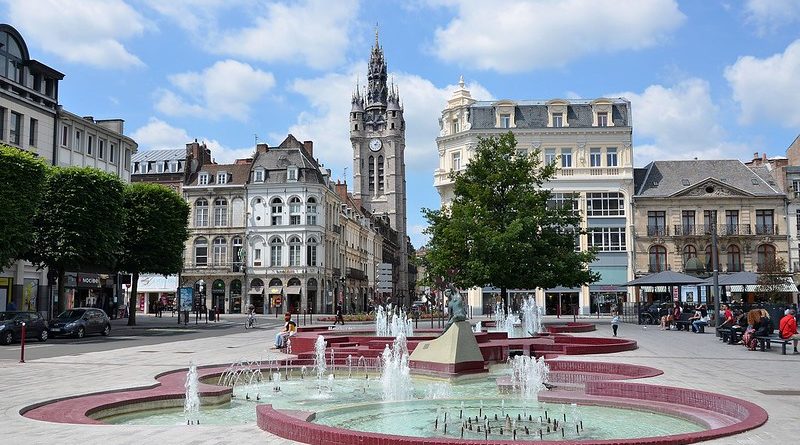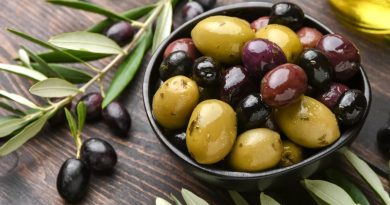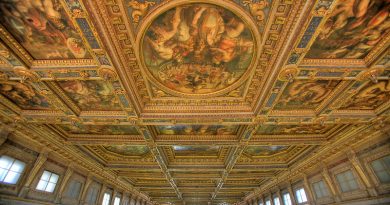Giants of Douai Festival
Festival Essentials
Where: Douai, Nord-Pas de Calais, Northern France
When: July
What’s it about: Giant wickerwork effigie pageant
Remember to bring: a ladder to get the best view!
Where It’s At
Make a trip to Douai, in the Nord-Pas de Calais region of France in early July and you’re likely to bump into a thoroughly ordinarily named couple, Monsieur and Madame Gayant, who just happen to be over twenty feet tall! They’re the town’s ‘géants’ and part of France’s biggest ‘giant festival’ that includes about 100 massive effigies of characters from local legends who are paraded through the streets and venerated as ‘guests of honour’ at celebrations all over town.
History of a Festival
Part of a Flemish tradition imported from Catholic Spain and Portugal that’s also still celebrated across the border in Belgium, Douai’s giants first appeared in 1530. After a French defeat, the Spanish rulers of Flanders ordered a new and improved version of a pageant that had been taking place for 50 years and the town’s guild of basket makers constructed a float featuring a wickerwork giant called ‘gayant’ (the Picardy dialect of the French word ‘géant’). A year later the guild of fruiterers presented him with a wife: Madame Gayant.
Douai became a French town in 1667 and the Bishop of Arras ordered a new festival to celebrate the French triumph, banning the giants because he considered them too profane (by now the characters included devils and dragons). In the following two centuries the giants appeared again intermittently, only to be banned when they offended the sensibilities of the prevailing belief system of a given period; they were banned in 1892 because the French Revolution was an atheist movement that banned religious events – the giants were also said to portray the aristocracy!
Following the defeat of Napoleon and the restoration of the Bourbon monarchy, the festival was reinstated and has continued ever since.
What Happens at the Douai Festival?
Every year the Gayant couple are joined by their children Jacqout, Fillon and Binbin, as well as a myriad of other figures including a ‘fool’ riding a hobby horse in a parade through town. Such is the size of many of the wickerwork effigies that it takes up to six men to carry each one and it’s steered by peering through a flap in the skirt.
The giants are an important tradition in Douai and their importance means they are almost considered to be real people. Associations within the town have their own figure to look after and often one company will invite other giants as their guests for special processions. Sometimes giant weddings are staged and when an aging figure is replaced a christening will take place for its successor.
If you’re looking for a souvenir of your visit to the festival, look no further than Aux Délices, purveyor of Douai’s oldest confectionary speciality, ‘Gayantines’, named after the giants who appear on the packaging. The sweets have a milk-caramel shell and are filled with a soft butter or caramel paste in a vanilla or chicory flavour. Among other specialities are ‘Les Boulets du Ch’ti’, praline-filled chocolates shaped like pieces of coal in tribute to Douai’s coal-mining past.
By Kate Griffiths




